Watching Sea Turtles at Pea Island National Wildlife Refuge
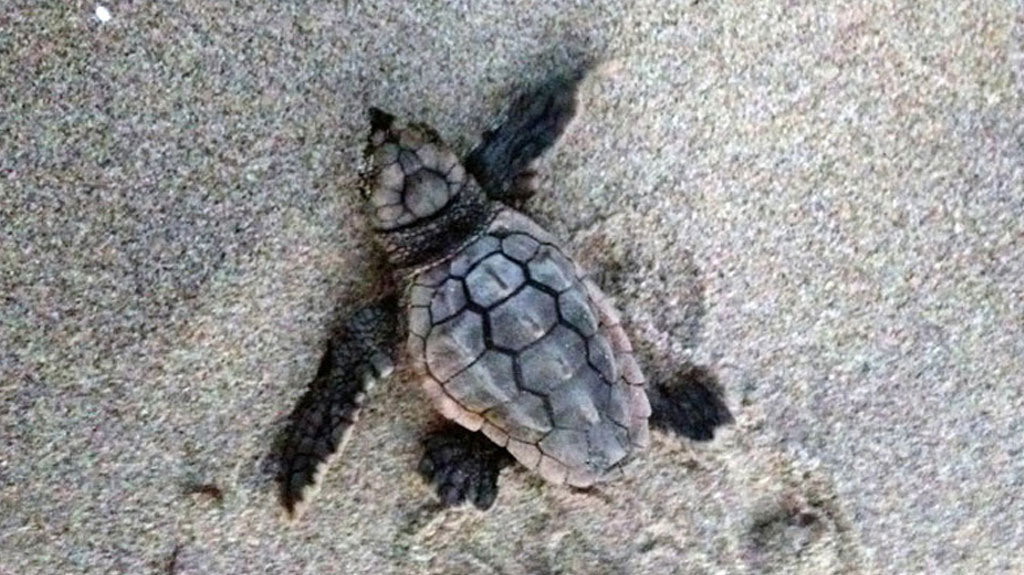
Living on the Outer Banks has its perks. For instance, the beach is never far away, fresh seafood is cheap and plentiful, and the weather is superb for the majority of the year.
There are some perks you wouldn’t think about when deciding whether or not to move to the Outer Banks, like the opportunity to be part of the sea turtle watch volunteer team at Pea Island National Wildlife Refuge. This is an opportunity that just about any local can participate in, but few take advantage of it!
There were a record number of nests laid on Pea Island in 2013, and I’m happy to say that I was part of the team of volunteers that helped those precious baby sea turtles make their way from their nest to the Atlantic Ocean.
I thought it would be interesting to share my personal experience as a volunteer, as well as some information on the lovable, but mysterious, sea turtles and the volunteer program on the Pea Island National Wildlife Refuge.
Sea turtles were originally protected under the Endangered Species Act of 1973 and are considered to be one of the oldest surviving species on the planet.
Due to pollution, climate change, and harvesting, sea turtle numbers have declined since 1939. There are seven known species of sea turtles, five of which can be found on the beaches of North Carolina – one of the northernmost ranges for sea turtles.
Here are the five species of sea turtles that visit the Outer Banks:
- Loggerhead – most common
- Green – common especially as juveniles
- Kemp’s Ridley – common especially as juveniles
- Hawksbill – very rare
- Leatherback – uncommon especially nearshore
Starting in May on Pea Island, volunteers travel up and down the 13-mile long stretch of beach in search of turtle crawls which lead to a possible nest. If a nest is verified by a staff biologist, the area around the nest receives special attention to alert visitors and staff to be extra cautious around the area.
Once the nest has been confirmed and marked, its a waiting game. Beginning around day 50 after the nest was laid, volunteers begin a nightly vigil and watch over the location until the nest hatches.
If you are fortunate enough to see a nest hatch (some people watch nests one night a week for years and never see a hatch), it’s an incredible sight! All of a sudden, a small hole the size of your fist opens up in the sand and anywhere from 1 to over 100 baby turtles crawl out.
Even though the hatchlings are newborns, they have a keen sense of where the Atlantic Ocean is, and they are able to navigate to the break without any assistance from volunteers.
For the most part, the turtle watch volunteers aren’t watching the nest so that they can carry the hatchlings to the ocean – in fact, it’s beneficial to allow the turtles to stretch their little muscles out as they slowly crawl to the dark ocean water.
Pea Island turtle watch volunteers are mostly needed for two things:
- Volunteers are needed to keep track of which nests hatch and how many turtles crawl out.
- And volunteers are needed to fight off any predators such as ghost crabs or birds.
Birds aren’t really a problem once the sun goes down, but the ghost crabs on Pea Island that crawl out of their holes at night are HUGE. Not only are they big, but they are really fast, and if you aren’t paying close attention, they will attack one of the baby turtles you’re watching.
Once the tiny infant sea turtles avoid all of the obstacles on the beach and finally make it to the water, they begin their trek to the Gulf Stream which is some 10+ miles away from the shore!
Although these reptiles are highly protected onshore, once they make it to the water, they are on their own. Even though great measures and effort go into assisting the hatchlings, only 1 in approximately 2000 hatchlings will survive until adulthood!
Not great odds, but as stated above, sea turtles are one of the oldest surviving species on the planet, and it's our responsibility to ensure that they don’t go extinct.
During the 2013 season, there were a record number of nests laid on Pea Island. Thirty-seven nests were identified and carefully watched until early-November, which is several weeks longer than a typical season. Although most of the sea turtle nests identified on Pea Island are loggerheads, there were several rare green sea turtle nests in 2013.
I was fortunate enough to watch one of the green turtle nets hatch (along with a couple of loggerhead nests) and it was remarkable to see the difference in size and speed between the green and loggerhead turtle hatchlings. In fact, it seemed like the greens moved almost twice as fast to the water compared to the loggerhead, and their coloring was quite distinct.
Although I experienced my fair share of rain, lightning, dark nights, wind and sand, it was well worth the time to participate in the turtle watch program on Pea Island. The nights with clear skies, warm weather, and baby sea turtles certainly made it all worth the effort!
If you are an Outer Banks local or plan on spending more than a few weeks in the area between May through November, there are volunteer opportunities with the local Fish and Wildlife National Wildlife Refuges available.
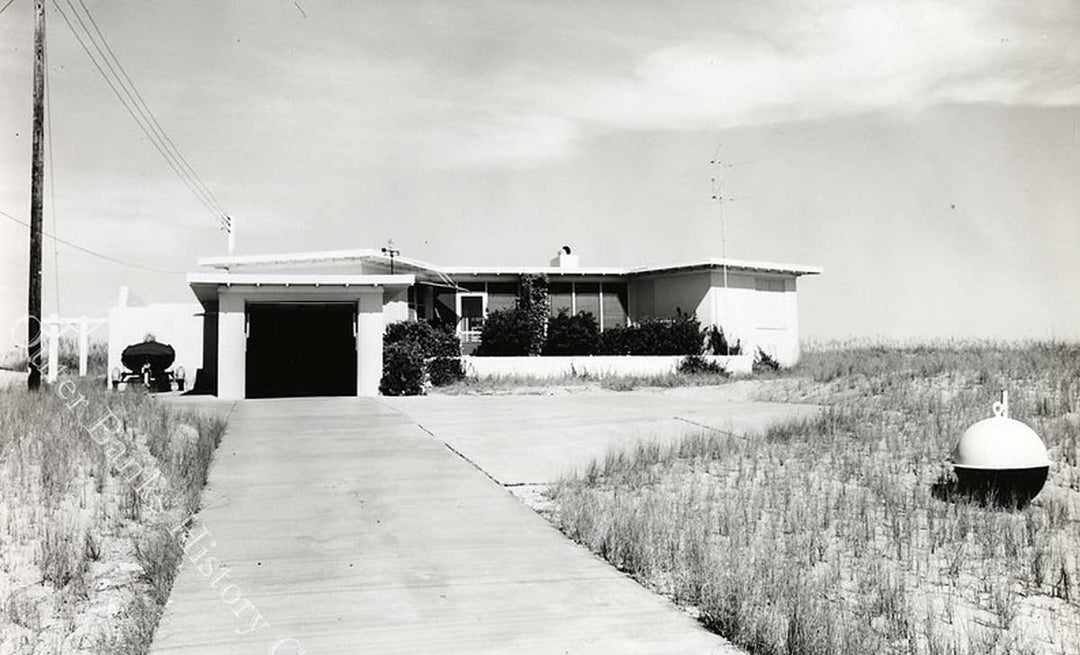
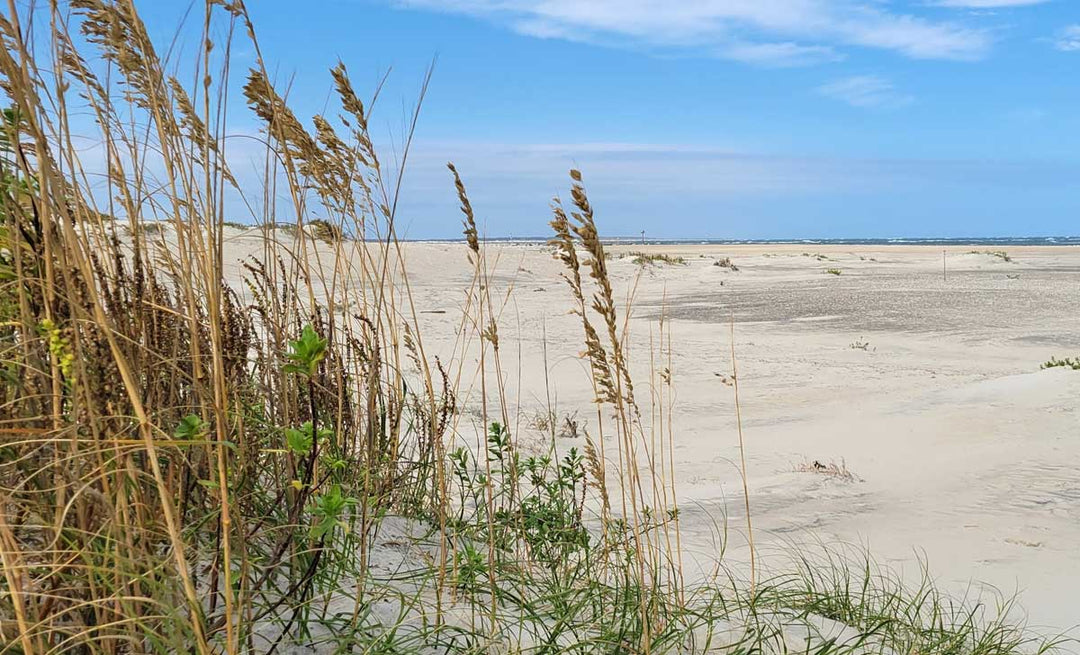
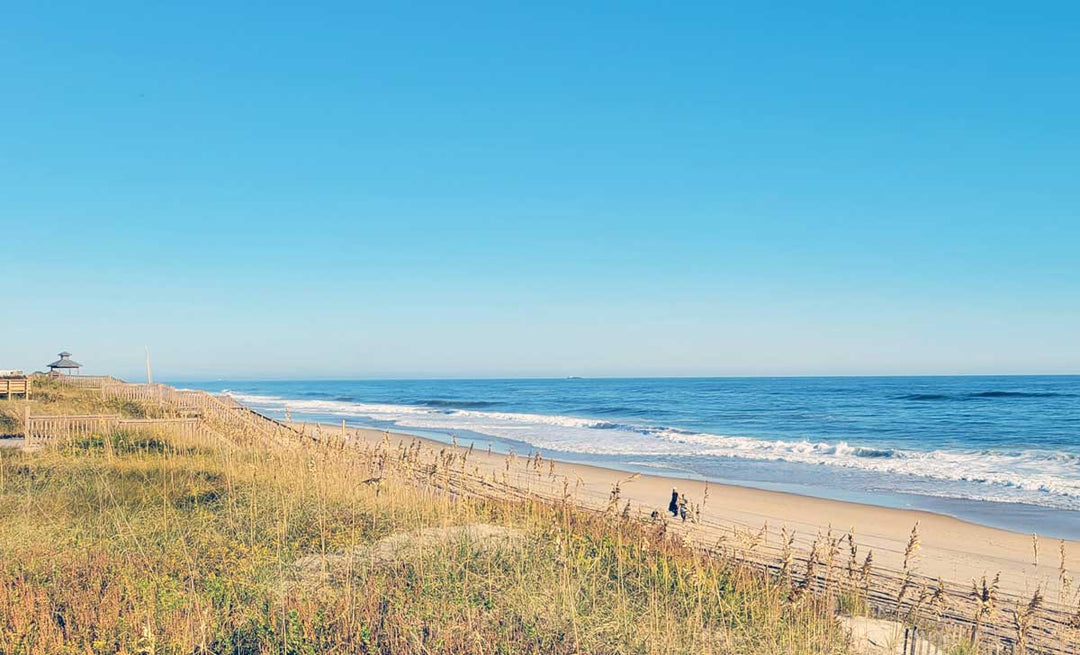
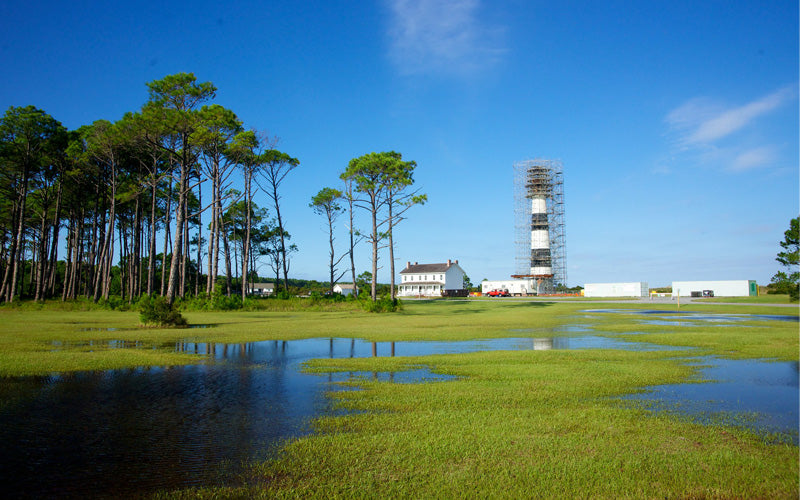
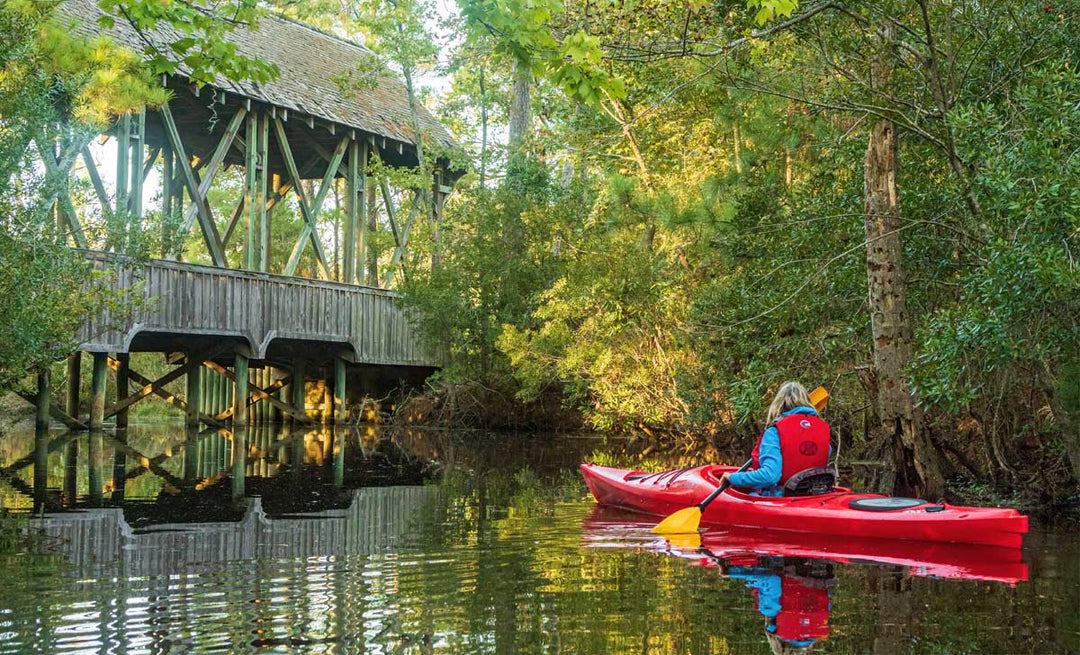
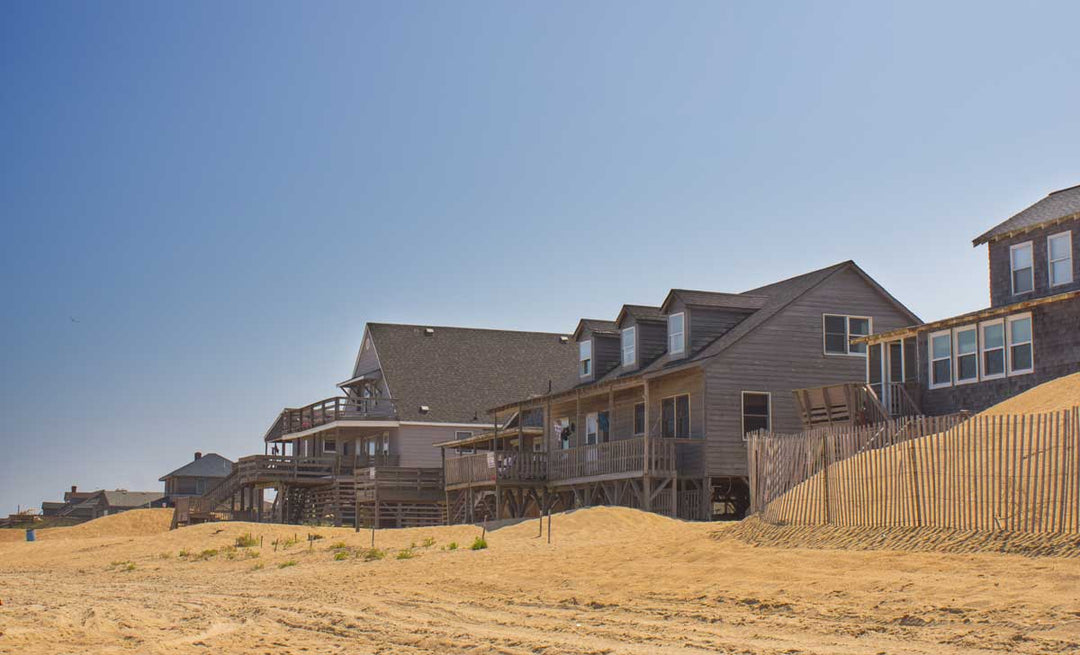
Leave a comment